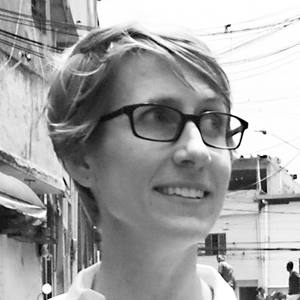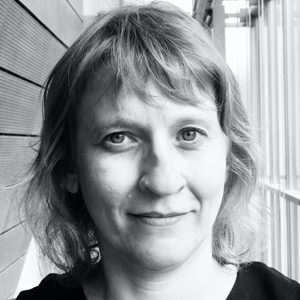Data NSF # 1513395, LabCidade, Instituto Pólis, UNAS.
OVERVIEW
The COVID-19 pandemic is emphasizing that housing densities in urban built environments present a significant health factor that can be potentially lethal. This is particularly the case in informal settlements that feature higher population densities, where the rapid spread of COVID-19 is quickly becoming a shared concern among research institutions and community organizations.
This summer, we used our data about housing density with public data about COVID-19 cases and deaths to identify hot spots and how those areas had grown over the past two decades. This map was used by the UNAS community organization to organize local relief efforts and plan future prevention efforts.
Upon closer look, we also found where housing densities relate to rental, and thus where rental relates to COVID-19 cases. Through this study we identified a typology of dense informal rental dwellings, but more critically we learned about the potential for sensitive densification to facilitate new overlaps between housing and new public programming (use).
Colaboradores
A Universidade de São Paulo
Faculdade de Arquitetura e Urbanismo
União de Núcleos, Associações dos Moradores de Heliópolis e Região
How did we make this map?
We merged three data sources (1) Chapa data about housing density in Heliópolis; (2) UNAS’ accounting of cases and deaths; and (3) data about COVID-19 cases and deaths in the Sacomã district collected by the Ministry of Public Health, generously shared with us by the LabCidade and the Instituto Polis.
What does the map reveal?
Our map of areas that are vulnerable to the spread of COVID-19 closely follows blocks of highest density. The areas in black have densified the fastest within the past fifteen years. These areas are also the most socially disadvantaged parts of the favela.


